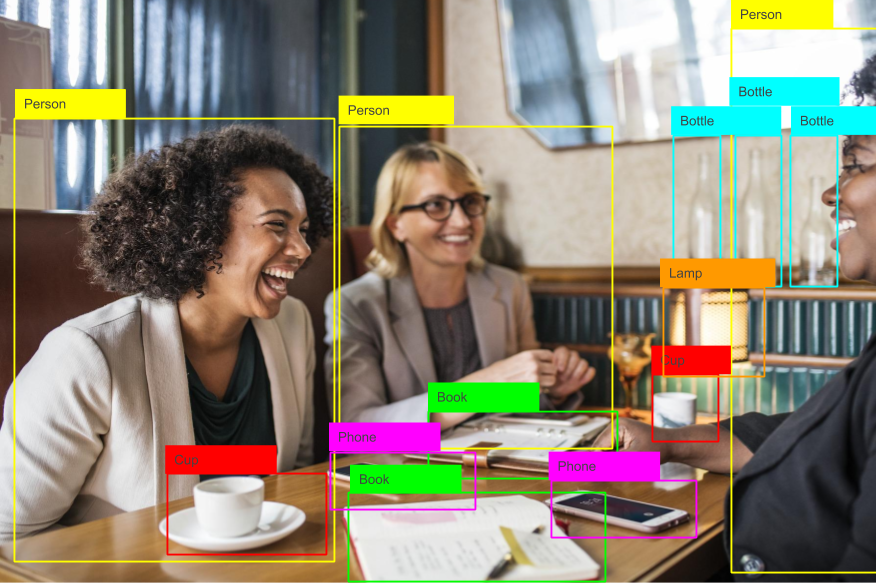Auto Keywording
Image Search Engines retrieve results by examining the tags associated with an image in the database and comparing it with the keywords searched by the user. For this reason, the finer the tagging of the images in the database, the more accurate the results returned to the user will be, providing a superior user experience. But more often than not, the tagging of these images will be based on one or more noticeable aspects of the image, missing out most of the objects in the image, preventing these images from being displayed while an user searches for those entities.
Robust Computer Vision engines come to our rescue here. These engines have an accuracy of detecting objects from an image which is much higher than that of humans making sure that nearly all the objects in the image are detected and tagged accurately increasing the relevance of search results.
Automatic Image Categorization
Categorizing the images in the database aids in speeding up the search and also in displaying related images. Manual categorizing of lakhs of images is not only a daunting task, but also the chance of erroneous categorization is high.
Computer Vision engines employing powerful Deep Learning models can be used instead for image categorization, which can sift through thousands of images in no time, categorizing them accurately, reducing both the chance of miscategorization and the manpower required.
Image Auto Captioning
Captions provide a brief description of an image and are often used as a tag while searching for images. Usually captioning is done manually, but manual tagging of an image mostly focuses on creating a single caption of the image, while there will be a possibility of a single image having more than one caption according to the objects and entities in the image.
Deep Learning engine can be used to generate multiple image captions that can be provided as recommendations for users uploading the image or the machine can auto-caption with highest probability.
User Defined Composite Images and Copy Space Identification
For creating quality advertising materials for marketing campaigns, fliers and likes, images with layout and position of objects desired by the users is of prime importance. Also, captions and textual information will have to be filled in these images while creating marketing materials, making it preferable to have images with copy spaces available.
Deep Learning models can be used to achieve this, which will sift through all the images in the repository returning those with object and copy space positions as defined by the user, making it easier for the user to collect images with specifications required to create high quality marketing materials.
